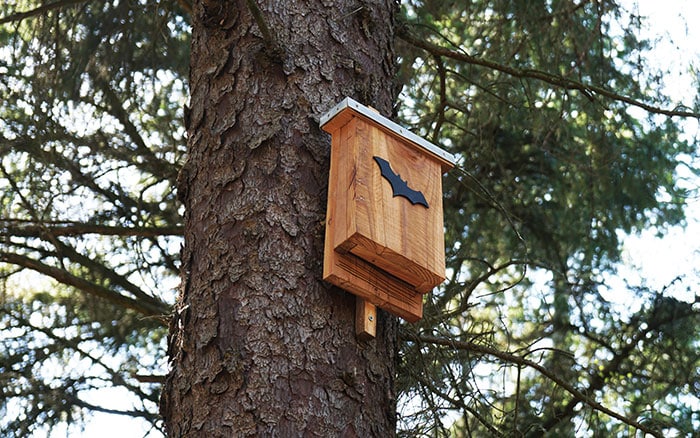Through autumn and winter, we tend to get that feeling of wanting to wrap up indoors and stay cosy. We want to embrace the warmth of our home as we take a step closer to winter. It’s the same for some mammals, whose lifecycles involve hibernating as a period of dormancy every year.
What is hibernation?
When we think about hibernation, we imagine wildlife sleeping over winter, ready and restored in spring. But hibernation is in fact closer to death than sleeping, because it involves the functions of the body to be reduced quite a lot. For example, body temperatures drop, hear rates decrease to only a few beats a minute, and respiration slows so there are only a few breaths over the space of a couple of minutes.
However, it’s not just a catch-all term for every animal that go dormant over the colder months. In fact, there are only three mammals in the UK that are true hibernators. These are hedgehogs, bats, and dormice.
They’re true hibernators because strictly, hibernation is restricted to winter. Hibernations takes place to help the mammals to conserve energy during a time period where resources are low. This allows the mammals to use their stores of energy much slowly than if they didn’t hibernate.
Though the term hibernation is used interchangeably, ‘torpor’ is perhaps the term that is often referred to. Torpor is ‘a state of physical or mental inactivity’, which is dormancy with many interruptions. Amphibians enter torpor, which is like a semi-hibernation because it takes place for a shorter period of time.
Similarly, insects and sometimes fish and birds, enter a state called diapause. This is a period of ‘suspended development’. This can be triggered by changes in temperature, daylight, or availability of food and nutrients.

Which animals hibernate?
As mentioned above, the three true mammals that hibernate are hedgehogs, bats, and dormice.
Hedgehogs
Between October and April, hedgehogs tend to go into hibernation. Although this can vary year-on-year depending on the weather. During these colder months, hedgehogs spend their time in log piles, compost heaps, within piles of dead leaves, or under garden sheds.
As preparation for hibernation, hedgehogs build up their energy store and increase their weight by eating plenty of beetles, worms, and caterpillars during summer.

Dormice
Likewise, dormice hibernate between October and May. They hibernate in their underground burrows. Not only will they be able to conserve energy whilst resources are low, but it’ll protect them from predators.
Therefore, this long period of hibernation means they are hidden from view and will increase chances of survival. Like hedgehogs, dormice will increase their body weight ready for hibernation. Then, during hibernation, they lose half of their body weight.

Bats
Around November, bats leave the roosting site and make their way to hibernate. The hibernation site is called a hibernaculum and can either be a bat box in the garden, a cave, a roof, or even the hollow of a tree.
During the period of hibernation, bats amazingly drop their heartbeat to 20 beats per minute. In one minute, they also take approximately five breaths.
In April, their hibernation ends. Bats do wake up occasionally for a short period to rid waste and stock up on food if necessary.

Other animals
There are other animals that have short hibernation-like periods, or torpor. For example, badgers go into this state for around 29 hours cycles. They do this when food sources are low or the weather is harsh and dangerous.
How can I help hibernating mammals?
So, now you know about garden wildlife who hibernate over the colder months, how can you help them out?
Firstly, providing enough places for shelter, and extra food sources is a great start. With wild areas of fallen leaves, homemade or store-bought hedgehog houses, bat boxes, or bug hotels are handy for welcoming wildlife.
If you know you’ve got a hedgehog hibernating in your garden, supplying fresh food and water is wise. Put out a bowl of good quality cat or dog food or some cat biscuits and plenty of water to drink. Remember to clean up any uneaten food daily and wash up the dish it was placed in.
Bear in mind that if you disturb a hibernating animal by accident, don’t move or try to wake it. Instead, cover it and leave it be.
Then, come spring, when the sun is shining and the weather starts to warm, hibernating mammals will come back out.

Leave A Comment